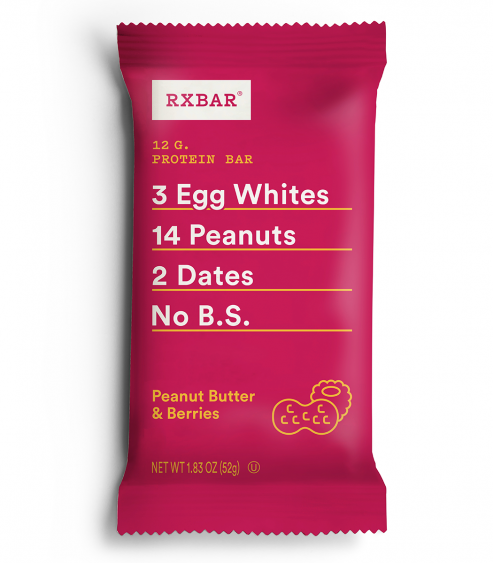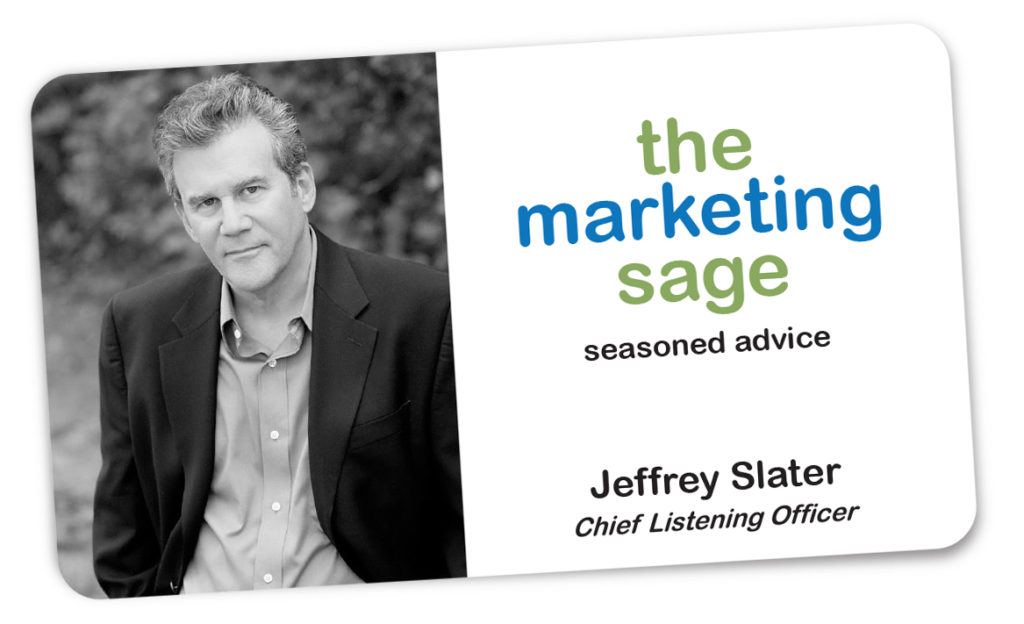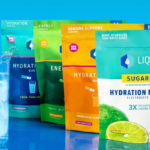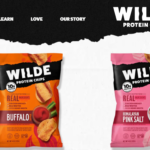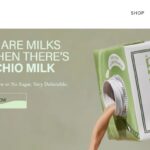Mastering Product Market Fit: A Crucial Strategy for Startups in the CPG World
In the dynamic landscape of modern business, startups often struggle to establish their brand and gain a foothold in the market. The concept of “product-market fit” has emerged as a critical determinant of success, particularly in the Consumer-Packaged Goods (CPG) sector.
In today’s post, I’ll explore the concept of product-market fit from various perspectives, examine how to measure it for new CPG brands and showcase an example of how a startup successfully leveraged this framework to build its brands.
Rx Bar is a great product to use as to explain product/market fit..
But first, some explainer quotes.
What is Product Market Fit?
This term has gained prominence in entrepreneurship and marketing. It essentially refers to aligning a product or service with a target market’s needs and preferences. Here are three definitions of product market fit from different experts:
“Product market fit is the point at which your product meets the needs of a substantial group of customers, and they can’t imagine returning to the old way of doing things.” Marc Andreessen, Co-founder of Andreessen Horowitz.
In other words, when your product becomes indispensable to your customers’ lives, you have achieved product market fit.
“Product market fit is when you clearly understand who your ideal customer is, what problems you’re solving for them, and why your solution is the best for them.” Sean Ellis, Founder of GrowthHackers:
Ellis emphasizes the importance of meeting customer needs and being the best solution.
“Product market fit is not a one-time event; it’s a process that you continually iterate on to ensure your product remains relevant and valuable in the market.” Steve Blank, Entrepreneur and Educator
Blank underscores the dynamic nature of product market fit, suggesting that it’s an ongoing journey rather than a destination.
Measuring Product Market Fit for New CPG Brands
Raul Vora, CEO of SuperHuman’s perspective on measuring product market fit emphasizes a data-driven approach. He suggests the following steps:
1. Customer Surveys: Conduct surveys to gather feedback from your target audience. Ask questions about the value they derive from your product, their willingness to recommend it to others, and their overall satisfaction.
2. Retention Rate: Monitor your customer retention rate. A high retention rate indicates that customers find ongoing value in your product.
3. Net Promoter Score (NPS): Calculate your NPS by asking customers how likely they are to recommend your product to others. A high NPS indicates a strong product market fit.
4. Qualitative Feedback: Don’t just rely on quantitative data. Engage with customers in qualitative conversations to better understand their pain points and aspirations.
5. Competitor Analysis: Compare your product’s performance and customer satisfaction metrics with those of competitors to gain insights into your market position.
RXBAR – A great way to understand product market fit.
RXBAR entered the crowded protein bar market with a simple promise – no B.S. (no nasty stuff). They focused on transparency in ingredients and packaging.
They quickly gained a loyal customer base by clearly addressing the demand for clean and nutritious snacks. Kellogg’s recognized the potential and acquired RXBAR for $600 million, illustrating the value of solid product market fit.
In 2012, there were more than 2,000 brands of energy bars on the market. So, Peter Rahal and his childhood friend, Jared Smith, decided to market energy bars.
But Peter, who is dyslexic and is an admitted D student, had a critically important insight about the opportunity.
I like Cross Fit. I like the Paleo diet. Why isn’t anyone making an energy bar to serve that market?
He wondered, what if I only made energy bars for people like me who are doing Cross Fit and want a no-sugar energy bar without any B.S.?
RXBAR was born in Peter’s parent’s basement.
In a Cuisinart, he blended egg whites, figs, and almonds to make a product for a specific and narrow group of people. He took the products to Cross Fit gyms and sold them as the solution to the problem that those individuals had – portable paleo energy. He wasn’t trying to sell everyone. He was trying to sell to someone who liked Cross Fit and Paleo.
Smallest Viable Audience
By selling to the smallest viable audience, Peter understood that if he could find 100 people who loved his product, he could eventually find 1,000. He wasn’t looking to make energy bars for everyone; he made them for a narrow, specific audience.
Packaging Zig Zag
Against everyone’s advice, Peter and Jared also defied the rules of the category and didn’t make a package that had ‘mouth appeal.’ Instead, they focused on a clean label with a simple product listing that used words like fig, date, and egg whites. It also informed people that it was free of any B.S.
Lessons from RXBAR
- You’ll probably fail if you start and try to sell everyone.
- The narrower the target, the higher the chance for success.
- Serve an audience, have discreet and specific customers, and understand their community.
- Notice what everyone is doing. And then do something different that challenges how the category does business.
- Stay focused, and don’t get distracted by too many line extensions or products that complicate decision-making.
- Even in a crowded market, you can stand out by serving a small, viable audience.
Kellogg’s bought his business for 600 million dollars because they saw RXBAR as a platform to reach a specific target audience.
Not bad for a company started with $10,000.
The RXBAR was the way in for Kellogg’s (Now Kellanova) to acquire a successful brand and could then sell more paleo-based products to that audience by leveraging the RXBAR brand.
RXBAR – a prescription of marketing success by understanding product/market fit.
If The Product Fits
In the competitive world of consumer-packaged goods, achieving and maintaining product market fit is crucial for startup success. By understanding the various definitions of product market fit and adopting data-driven measurement strategies like those advocated by Raul Vora, startups can better align their offerings with customer needs.
Through innovation, customer-centricity, and a commitment to continuous improvement, startups can carve out their niche in the CPG world and build enduring brands.
So, remember, product market fit isn’t just a buzzword—it’s the foundation upon which successful startups are built.
You can set up a time to chat with me about your marketing challenges using my calendar. Email me jeffslater@themarketingsage.com Call me. 919 720 0995. The conversation is free, and we can explore if working together makes sense. Watch a short video about working with me.
Photo courtesy of RX Bar – all rights reserved
